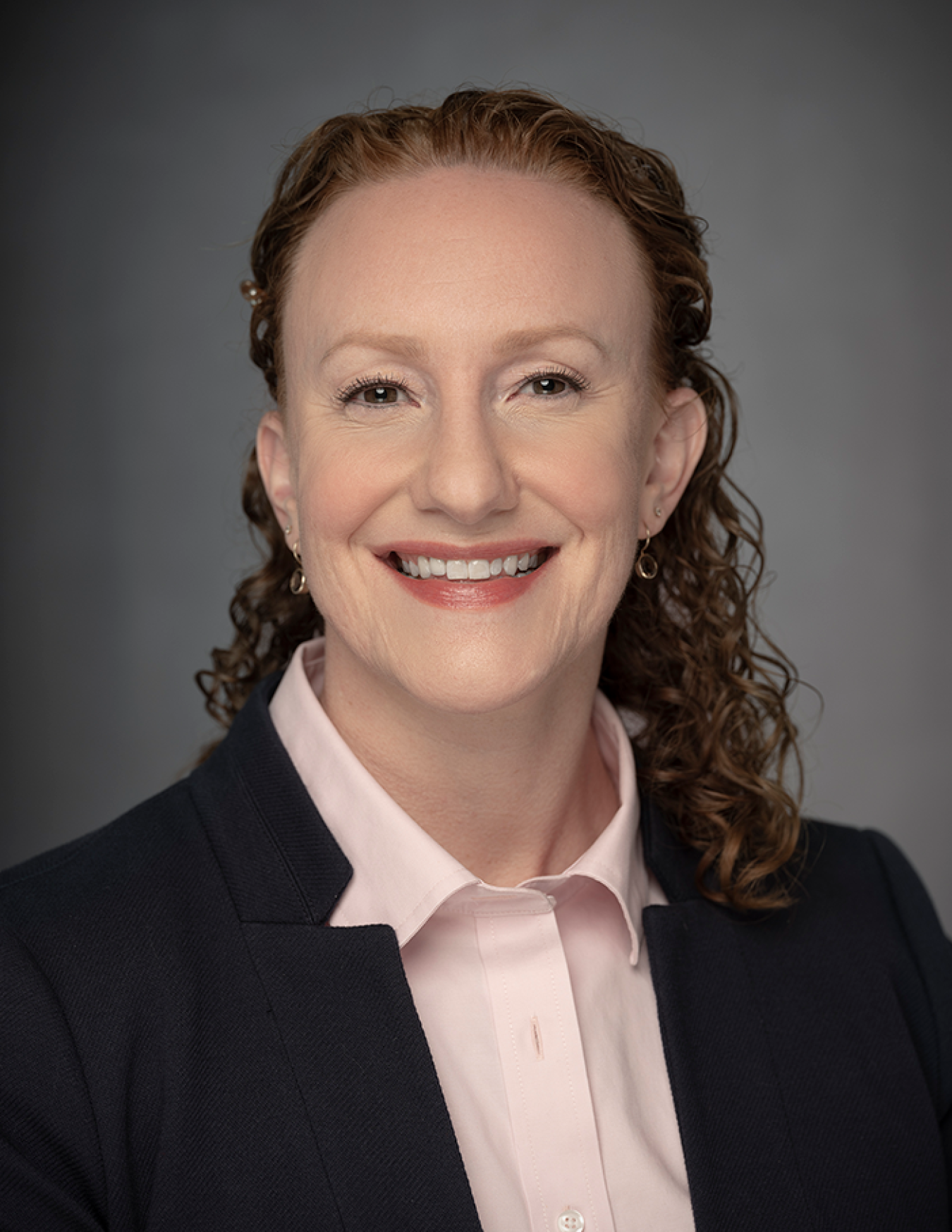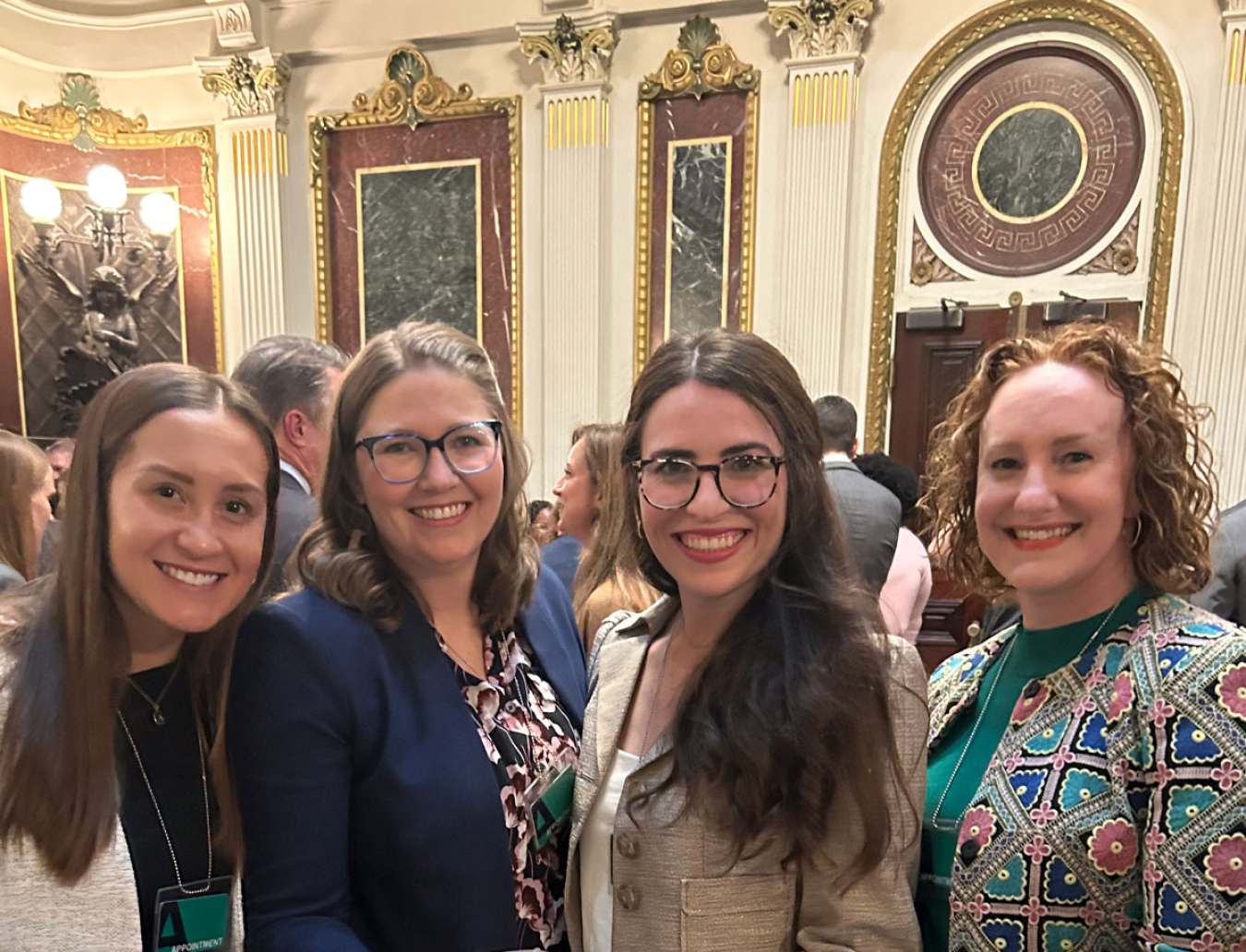Katrina Pielli designs and leads work to support Tribes and Alaska Native entities on their energy transitions.
Office of Indian Energy Policy and Programs
September 9, 2024Katrina Pielli joined the U.S. Department of Energy (DOE) Office of Indian Energy in July 2024 as the Strategic Initiatives Lead. In this role, she designs and leads work to support Tribes and Alaska Native entities on their energy transitions, address energy access gaps, develop new technical assistance approaches, and effectively navigate the various support DOE provides.

Tell us a little bit about your role with the Office of Indian Energy.
I’m thrilled to have joined the Office of Indian Energy to stand up a new Strategic Initiatives team! This team will:
- Support Tribes and Alaska Native Villages on their energy transitions
- Address electricity access in Indian Country
- Develop and advise on DOE policy
- Work with Congress
- Develop new approaches and resources that provide targeted support to Tribes by helping them navigate, access, and deploy federal funding to deliver results.
What motivates you to do this work, and what inspires you?
My passion is working with communities, governments, and other stakeholders on their clean energy journeys in service to our country and planet. It’s an honor to work with Tribes and support them in achieving their energy visions—be that through innovation, partnership, investment, or navigation. I’m inspired every day by the opportunity and potential this role provides to do meaningful work with local and global impacts.
What do you see as the greatest challenges in Tribal energy development?
Securing investment, developing resources and capacity, and navigating regulatory challenges. All of these have plagued Tribal energy development for years, and while we are seeing positive momentum, more must be done.
What do you see as the greatest opportunities in Tribal energy development?
Tribes have significant untapped clean energy potential, which will enable greater economic growth, local job creation, reliable energy, and, importantly, energy sovereignty.

What impact do you think DOE technical support and funding have on Tribal energy development?
Billions in investments under Bipartisan Infrastructure Law (or Infrastructure Investment and Jobs Act) and the Inflation Reduction Act have gone to Tribes to provide technical support and funding for projects that positively impact Tribes, in addition to the “bread and butter” work done through annual congressional funding.
This massive infusion of capital and support is a generational opportunity. DOE is renowned for its technical expertise which is brought to bear in support of these investments and helps enable Tribal energy development.
Tell us about one of your favorite Tribal energy projects you’ve worked on.
The Energy Improvements in Rural or Remote Areas (ERA) program holds a special place in my heart. I had the privilege of working on the early design of this program and am so proud of the full ERA team in the DOE Office of Clean Energy Demonstrations (OCED). This team listened to Tribes and communities and then worked to streamline the application, simplify the process, and reduce the cost-share requirements, which resulted in hundreds of high-quality applications. Through these competitive funding opportunities, over 25 projects that benefit Tribes were selected to date.
What do you think the future of energy looks like in Indian Country and Alaska?
The future is powered by distributed generation (think microgrids, nanogrids, and community microgrids), a strengthened and expanded transmission backbone, and strong tribal energy regulatory bodies and energy offices. The changing climate is driving a hastening need for innovation and practical implementation of energy solutions at scale. Tribal priorities and energy vision must guide this work.
When you’re not at work, what activities or hobbies do you enjoy?
Family is my top priority, and I spend as much time with them as possible. I love to hike, garden, and (road) bike. I’m always looking to learn new things and take advantage of all North Idaho has to offer —from herbal medicine intensives to blacksmithing classes.

